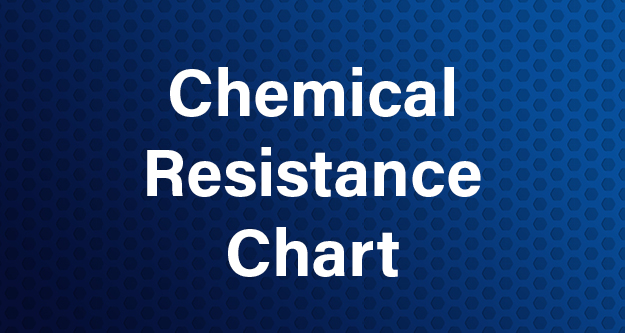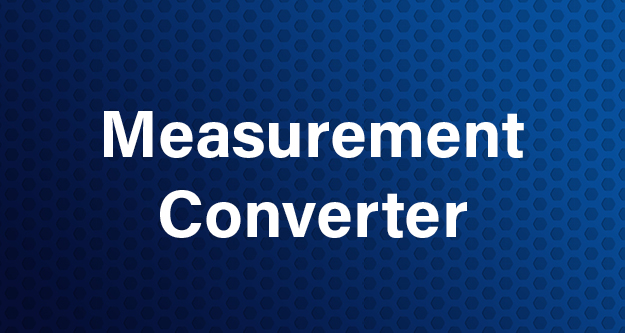.jpg)
Resources

S.T.A.M.P.E.D.
Not sure how to figure out what product you need? Knowing as many parameters as possible will ensure that you have selected the correct hose for your intended application. To remember those parameters, we have a helpful acronym, S.T.A.M.P.E.D.
Learn More
Chemical Resistance Chart
Rubber elastomers are formulated to handle a variety of chemicals. We’ve compiled a downloadable Chemical Resistance Chart to help you select the proper elastomer for the conditions of your application
Learn More

Texcel Measurement Converter
Distributors frequently convert measurements to determine application requirements. For your convenience, Texcel's measurement chart automatically converts volume, weight, length, area, temperature and pressure.
Learn More
Shop Talk
Visit our Shop Talk guide to learn more about the maintenance and care of hose and sheet rubber, gasketing, assemblies, and more to ensure that you’re getting the most out of our premium products.
Learn MorePressure and Temperature Recommendations
For optimum performance and safety, we recommend reducing the maximum working pressure as indicated below:
• 80° to 150°F – Reduce working pressure by 15%
• 150° to 225°F – Reduce working pressure by 30%
• Over 225°F – Reduce working pressure by 50%
Working pressures are in accordance with RMA design safety factors at ambient temperatures (approximately 70°F). Texcel cautions against using a hose outside the stated temperature limits. Even within these limits, coupling type and hose size can negatively impact performance at higher temperatures.
SIZE
Refers to the overall dimensions of the hose required for your particular needs. You’ll need to know the hose ID, OD, and length. If the assembled length is critical to the hose’s application, you may need to determine overall assembled lengths (length including fittings).
TEMPERATURE
Refers to the temperature of the application, which is an important factor, particularly how hot it is. Consider both internal (media and friction) and external (ozone and sunlight) temperatures. Most rubber compounds will naturally begin to break down as it approaches 200° Fahrenheit. There are specially blended rubber compounds that are made to withstand higher temperatures, such as EPDM and Viton.
APPLICATION
Refers to the environment in which the hose is being used. Is there a direct exposure to sunlight? If so, your customer will need a hose that is made from a compound that has ozone resistance, such as EPDM. Is there direct exposure to oil or petroleum products? If so, your customer will need a hose that is made from a compound that has oil or aromatic resistance, such as NITRILE.
MEDIA
Refers to what product is running through the system. This parameter is important because the media will come in contact with the ID of the hose. Certain rubber compounds are made to withstand particular media. For example, NITRILE is good for oil/petroleum-based products, and GUM is good for abrasives.
PRESSURE
Refers to how much pressure is going through the system. Be aware of any spikes in pressure and allow for these drastic changes in the design and selection of your hose. It is equally important to be aware of the correlation between temperature and pressure. A hose cannot be used at its maximum rated working pressure and maximum rated temperature at the same time. For more information, check out our Pressure and Temperature Recommendations under Resources.
ENDS
Refer to which fittings are needed and how they are to be attached to the hose. A hose assembly is rated for the lesser of the working pressure of the hose and the fittings. So, a 4-inch 200psi hose with aluminum cam and groove fittings double banded on will only be rated for 100psi.
DELIVERY
Refers to when the assembly is expected on a job.
Proposition 65 became a California state law in 1986. Its official name is the Safe Drinking Water and Toxic Enforcement Act. The law requires a warning to be included on any consumer product that has the potential to expose Californians to certain chemicals unless the exposure is low enough to pose no significant risk of cancer or is significantly below levels observed to cause birth defects or other reproductive harm.
Certain Texcel products now display the below warning about chemicals or compounds found within our products.
CALIFORNIA PROPOSITION 65 WARNING: This product contains chemicals known to the State of California to cause cancer, birth defects or other reproductive harm. For more information: www.P65Warnings.ca.gov
Most rubber, brass, steel and other similar materials contain one of the listed chemicals, but extensive testing to determine the exposure level is below Proposition 65 standards has not been completed by the industry. Therefore, we are placing this label on such products to comply with the California state law.
Please visit www.P65Warnings.ca.gov for more information, including the complete list of chemicals. If you have any questions, please do not hesitate to contact us directly at 800.231.7116

